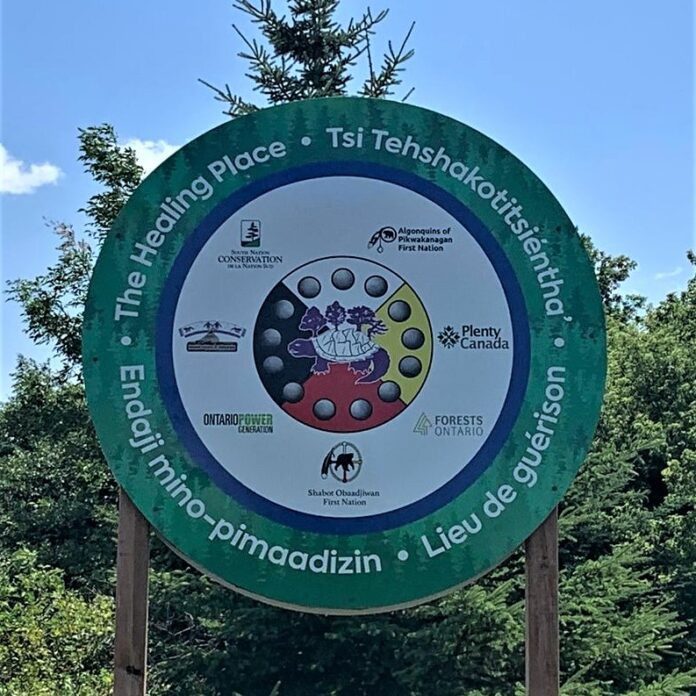by Philip Fry
Natural succession does not proceed in a straight timeline from a disturbance to a stable climax habitat community, nor does it do so without the intervention of all the species present, including humans.
As each species collaborates in the building of a shared habitat, small and large-scale disturbances continue to happen – a tree is uprooted by the wind, a water course is partially dammed by enterprising beavers, coyotes arrive from prairies to the west and prey on the local deer and rabbit populations, weather patterns change – and each event transforms the immediate habitat and sends its development on bifurcating paths. A patch of light falls upon a previously shaded forest floor, marsh plants find new homes at the edges of the beaver pond, vegetation is no longer so heavily browsed by rabbits, and the functions of whole habitat system are challenged by changes in rainfall and temperature. That is what is happening now.
Intervention by the human species has been an integral part of habitat development in our region since the end of the last ice age about 10,000 years ago. Over the centuries, indigenous peoples learned how to participate in the on-going transformations of their surroundings by developing collaborative technologies based on their intimate knowledge of the specific plant and animal life thriving on their terrain.
The ranges, or if you will, the overlapping territories inhabited by various species are integral to the development of collaborative technologies. Most not human species have evolved with geographical limitations to their dispersal – a mountain range, an ocean, radical shifts in habitat requirements. In a sense, they have developed built-in technologies to deal with the limitations of their habitat. They rarely self-displace themselves from one range to another, but sometimes they travel when they are caught up by an exceptional means of transportation. That is how the dog strangling vine arrived from Eurasia thanks to European settlers in the 1800’s and how a more recent arrival, the emerald ash borer, came from East Asia, most likely in a shipment of imported goods.
Human communities have adopted different approaches to the range limitations of their habitats. Some, like the indigenous peoples of our region, developed technologies of collaboration, that is, forms of partnership with the landscape and the other species dwelling in their shared habitat. European peoples chose a different view and manner of dealing with their environment, chiefly by developing powerful technologies of transportation and exploitation of their habitats. If a parcel of land was not visibly transformed by cultivation and building, it could be declared terra nullius, a no-man’s land up for grabs. When Europeans left their homeland range to “discover,” inhabit and exploit “new” worlds, they ignored the workings of the indigenous peoples’ collaborative technologies, and justified their take-over of the land by calling upon the terra nullius doctrine. If that were not painful enough for indigenous populations, it was made much worse in Canada by the deliberate attempt to erase their customary way of life through the forced attendance of their children at residential schools.
There are signs of hope, however. The colonial mindset is slowly being recognized for what it is, and the customary values of indigenous practices are being deliberately unforgotten by projects aimed at reconciliation and healing of the painful wounds inflicted by the colonial enterprise. An excellent local example is The Healing Place, located at 8040 Shanly Road (Highway 20), just north of its intersection with Ventnor road. The gardens there are collaborative works, bringing together a number of First Nations and nonindigenous partners. Set on a parcel of farmland deeded by its owner to the South Nation Conservation Authority, The Healing Place is being created with the enthusiastic coordination of Chris Craig. The garden design is based on the medicine wheel, the cardinal directions, the four pillars of life (mind, spirit, emotions, and the physical world) and the four elements (water, air, fire and earth). Differences in the customary teachings and practices of the participating First Nations are integrated into the design and events at the Garden, and the collaboration of non-indigenous people is welcomed. For more information, go to: The Healing Place.com; or PlentyCanada.ca.
If you wish to contact me, write to: wildflowerguy@gmail.com.

